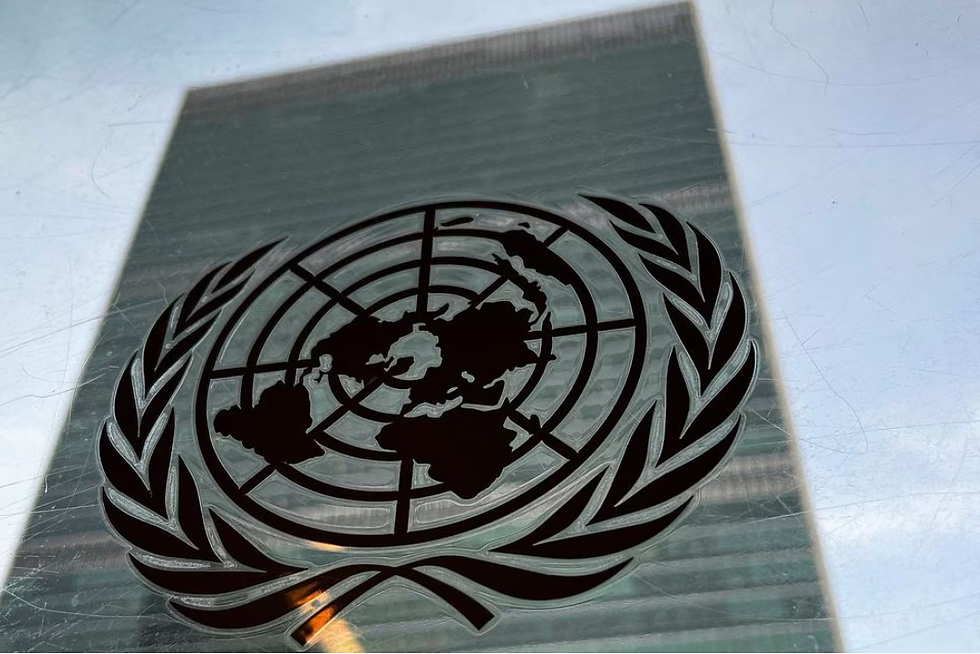Yemen's Economy in Crisis: War and Conflict Fuel Humanitarian Disaster
- المصدر: فريق تحرير يمن واتشر

- Jul 7, 2024
- 1 min read
Yemen's Economy in Peril: War, Food Insecurity, and Uneven Recovery

Summary
Years of conflict and regional tensions have caused Yemen's GDP to shrink and pushed millions into poverty.
Nearly half the population faces food insecurity due to skyrocketing food prices and a struggling government.
A peace agreement and international support are crucial for economic recovery, but the north-south economic divide presents an additional challenge.
The World Bank paints a bleak picture of Yemen's economy, battered by years of conflict and regional tensions. The nation's GDP is expected to shrink further in 2024, following years of decline. This translates to a staggering drop in income per person, pushing millions into poverty.
Food insecurity is a major concern, with nearly half the population struggling to put food on the table. The cost of essentials has skyrocketed, consuming a large portion of household income. The Yemeni government, facing financial strain due to declining oil revenues and disrupted trade, has been forced to cut essential services, further hindering economic growth.
The crisis is unevenly distributed, with Aden experiencing higher inflation and Sana'a facing deflation. This north-south divide threatens to widen, making recovery even more challenging.
A glimmer of hope exists. The World Bank emphasizes that peace could be a game-changer, paving the way for reconstruction and a rapid economic turnaround with international aid. However, immediate action is needed.
The government must implement fiscal reforms to manage finances better and stabilize the currency. Open trade is also crucial, as disruptions to import and export flows harm the economy.
The international community has a critical role to play. Continued support and investment can help Yemen weather the economic storm and rebuild. Ultimately, peace, sound economic policies, and international cooperation are the keys to unlocking a brighter future for Yemen.
@WorldBank @UnitedNationsArabic






Comentários